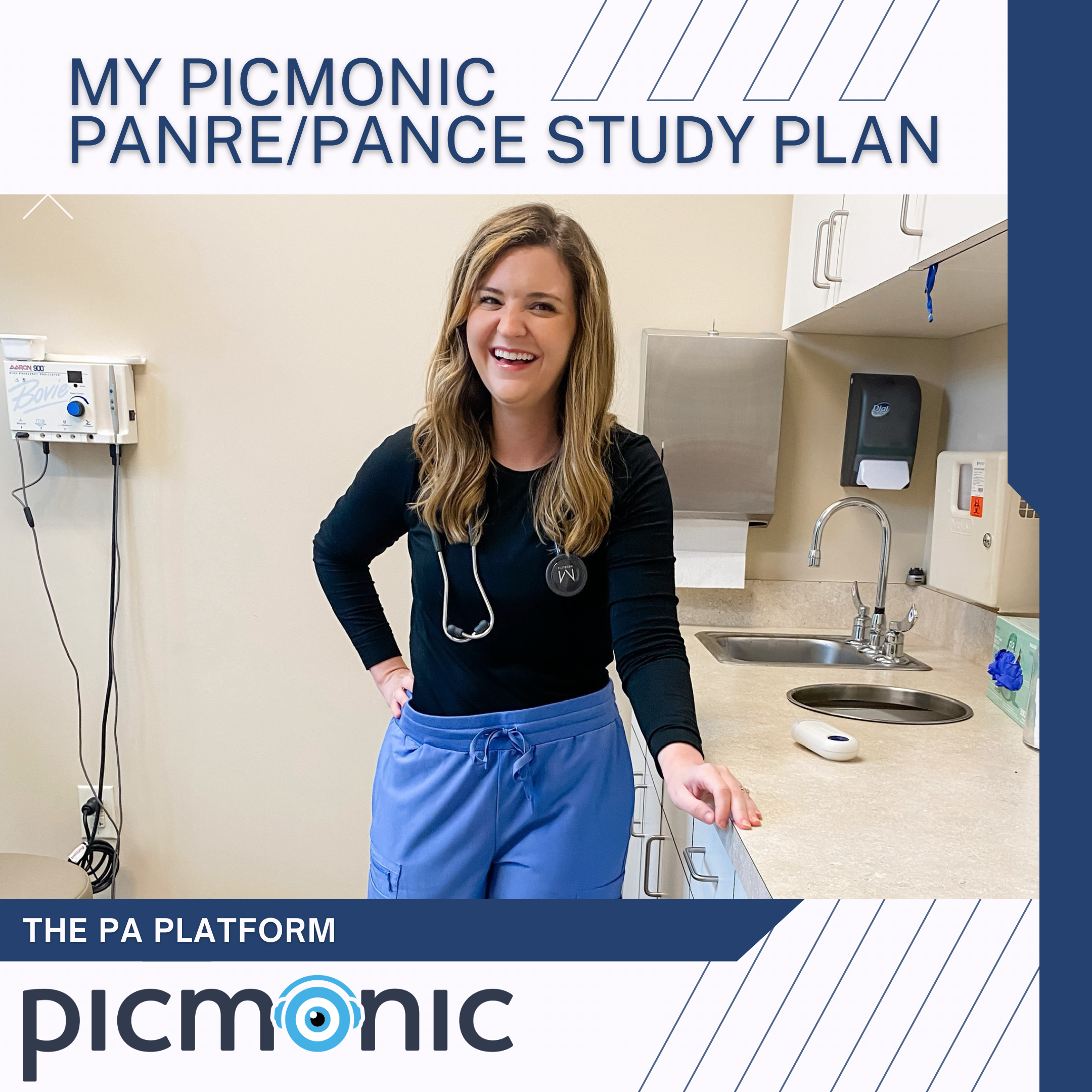Thank you to Certified PA Consulting for sponsoring today’s post! Certified PA Consulting’s primary goal is to elevate Physician Assistants and Medical Professionals to new heights, and create a path toward a successful and fulfilling life and career. Be sure to tune into their FREE upcoming webinar on February 3rd to learn about salaries, negotiations, business and making 2021 your most successful year yet.
“How to determine an appropriate PA salary?” This is a question that many PAs ask and many doctors ask when hiring a new PA, or when renegotiating their current PA’s contract.
The answer is: it depends.
The salary range is wide, $60,000-over $200,000.
The annual revenue collected is wide: $350,000-over $1,000,000.
There are a variety of factors that help determine an appropriate salary for a Physician Assistant. Benefits such as health insurance, 401K, CME allowance, paid vacation, and malpractice insurance all represent a cost to the practice. On the other hand, PA’s that attract their own patients, successfully market their practice, and contribute to practice management are often considered very valuable to their practice. So taking this all into consideration, how do you calculate a fair salary?
The first thing to consider is that Physician Assistant salaries can be calculated utilizing a variety of different structures. There is no published template or right or wrong way to perform these calculations and using “averages” can be dangerous because of the vast ranges listed above. The most successful physician/PA relationships occur when both parties feel that they are communicating well and working together towards the same professional goals both for themselves and the practice.
There are 3 common salary structures for PAs to consider:
#1. The first structure, often for new grads or PA’s with minimal experience, is a trial period with a base salary only. The trial period is generally 6 months to 1 year, and a common base salary for full time (35-40 hour/week) PA with minimal experience could range from $70,000-$100,000 per year. This PA needs to spend time shadowing and learning from their Supervising Physician (SP). A new PA may receive some benefits including: paid time off, health insurance, malpractice insurance, CME allowance, or 401K. After the 6 month-1 year trial period, the Physician Assistant should be very comfortable in the practice. This is when the PA can become more valuable to the practice because they can start to attract their own patient referrals and they have earned the trust of the support staff and community. At this time, it is common to renegotiate the PA’s compensation to a salary + percentage based structure.
#2 .The base salary + percentage structure is the most common structure for PA’s with more clinical experience. This formula can be structured in multiple ways. One example is a base salary of $80,000 + 15-20% of collections after the PA doubles their base salary in collected revenue. This system can be appealing for a SP because it allows the PA to “reimburse” the SP for their base salary, before rewarding the PA a commission for their increasing revenue. Here is an example, assuming a PA generated $350,000 in collected revenue.
The PA would receive a base salary of $80,000 per year. In addition, the PA would be paid 20% of their collected revenue, after deducting $160,000 (double their base salary) from the total collected revenue. If their total collections are $350K, $350K - $160K = $190K. 20% of $190K is $38,000. For that fiscal year, that PA would earn a salary of $118,000.00
Another variation of this structure is adding tiered incentive steps to the percentage formula, where the PA's commission percentage would increase as his/her collections increase. This is mutually beneficial for both parties and is a common structure that rewards the PA as he/she grows in your practice.
#3. Physician Assistants with over 3 years of experience often negotiate a salary based on straight percentage of collections. At this stage of the PA’s career, he/she should be experiencing a full patient schedule and should be generating significant revenue for the practice (over $500,000/yr). Experienced PA’s usually attract their own patient following and are able to practice without a lot of supervision from their SP which frees up time for the SP to see their own patients, perform more surgeries, etc. The negotiated percentage can vary greatly, and is influenced by many factors.
Straight percentage salaries usually range from 30% - 40% of the PA’s collected revenue depending on the benefit package. The following list illustrates some of the factors that affect where a PA falls in the percentage range:
PA’s Expenses to the Practice (Lowers The Percentage Range)
Paid Vacation
Paid CME
401K
Malpractice Insurance
MA(s) dedicated solely to the PA
PA’s Contributions to the Practice (Highers The Percentage Range)
Independence
Attracting own patients
Taking Calls
Marketing/Networking for the practice
Office Managerial/Administrative duties
This list provides only a few of the many factors that are involved when determining a straight percentage salary. PA’s that receive percentage based salaries are generally paid monthly, and occasionally, quarterly. It is important for a SP and a PA to have open communication when reviewing the PA’s monthly billing and collection patterns. SPs and PAs can become great partners when they can openly discuss any concerns with each other, and the PA can learn from their SP how to bill the most effectively for the practice. A PA that is knowledgeable about their collections can be a strong asset to a practice. It is in their best interest to maintain their patient load, generate more revenue, and bill efficiently in order to maximize their collections and salary percentage.
There is a wide range when it comes to dermatology PA salaries because there is a wide range of collections and practice settings that utilize a PA. PA salaries will be higher if their collections are high. This should mirror the pattern of the physician community. A full time, experienced Physician Assistant can generate anywhere from $500,000-over $1M depending on the specialty. It is very easy for the billing office to create a separate category to track a PA’s billing and collections (even though PA’s may or may not bill “incident-to” through their SP).
Physician Assistants are increasing in numbers every year and can be a huge asset to any practice. The relationship between a PA and their SP is a unique partnership based on trust and mutual respect. It is vital that the PA and the practice have the same goals for the role of the PA and are working towards the same long term professional goals and each supporting each other. The relationship is magical and leads to extreme job satisfaction when both parties feel respected and aligned and gain financial success together.

















